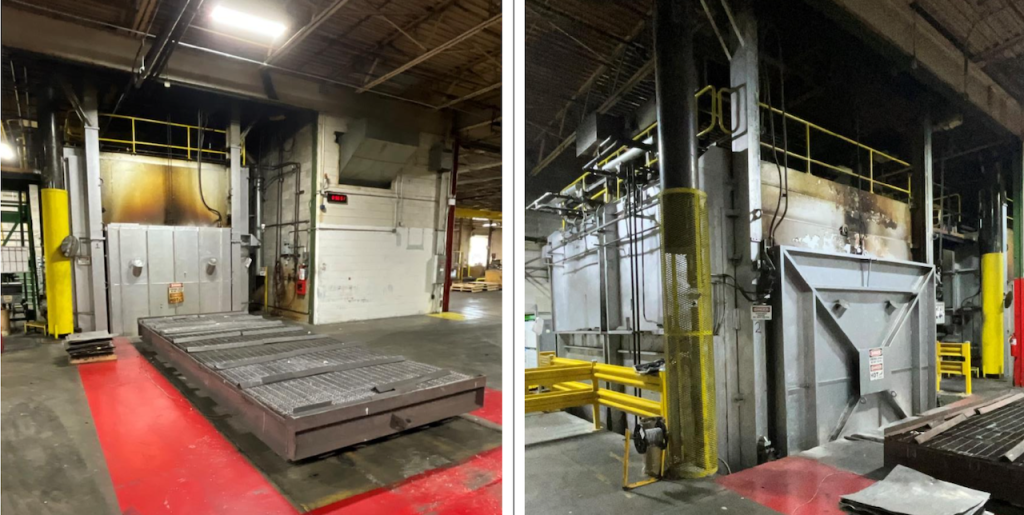21/08/2024
What is ANNEALING FURNACE?
An annealing furnace is a type of heat treatment equipment used to soften materials, typically metals or glass, through a controlled heating and cooling process. Annealing is crucial in various industrial processes where the material’s internal stresses, hardness, and brittleness need to be reduced or where ductility and workability need to be improved.
Technical Explanation:
- Purpose of Annealing:
- Softening: Annealing reduces the hardness of the material, making it easier to work with during subsequent machining or forming processes.
- Stress Relief: Internal stresses that develop during previous manufacturing processes like casting, rolling, or forging are relieved, preventing warping or cracking.
- Refinement of Grain Structure: The annealing process helps in refining the grain structure, improving the material’s mechanical properties such as toughness and ductility.
- Types of Annealing Furnaces:
- Batch Furnace: The material is placed inside the furnace and heated to the desired temperature. The heating and cooling process occurs within the same chamber, often used for small-scale or specialized treatments.
- Continuous Furnace: Material moves through the furnace on a conveyor belt, receiving heat treatment as it progresses. This type is used for large-scale production processes, ensuring uniform treatment of materials.
- Vacuum Furnace: This furnace operates under a vacuum or controlled atmosphere, preventing oxidation or contamination. It’s commonly used for materials that are sensitive to oxidation or require a very clean environment.
- Key Components:
- Heating Elements: These generate the necessary heat, often through electrical resistance (in electric furnaces) or combustion (in gas furnaces).
- Temperature Controls: Advanced furnaces are equipped with precise temperature control systems, allowing for the accurate setting of heating and cooling cycles.
- Atmosphere Control: Some furnaces are designed to operate in a controlled atmosphere (e.g., inert gas, vacuum) to prevent oxidation or other unwanted chemical reactions.
- Cooling System: This controls the rate at which the material cools down, which is critical for achieving the desired material properties.
- Annealing Process:
- Heating: The material is heated to a specific temperature, often below its melting point, depending on the material and the desired properties.
- Soaking: The material is maintained at this temperature for a specific duration to allow for uniform heat distribution and to initiate the transformation of its internal structure.
- Cooling: The material is slowly cooled down, either inside the furnace (furnace cooling) or outside (air cooling), to achieve the desired mechanical properties.
- Applications:
- Metallurgy: Annealing is used for steels, aluminum alloys, copper, and other metals to improve their ductility and reduce hardness.
- Glass Manufacturing: The process is used to relieve internal stresses in glass products.
- Electronics: Annealing is employed in semiconductor manufacturing to improve the properties of silicon wafers.
In summary, an annealing furnace is a critical tool in material processing industries, enabling the controlled modification of material properties to meet specific engineering requirements.


